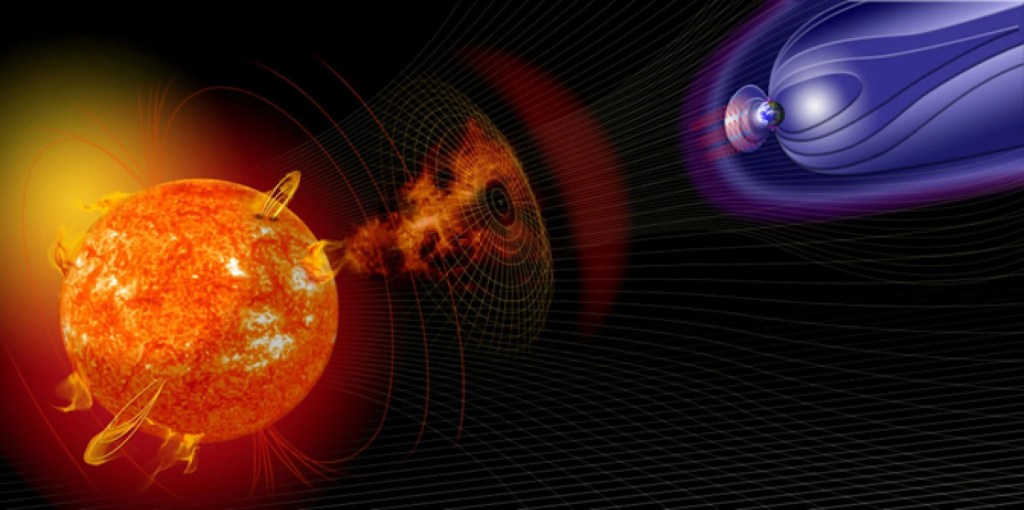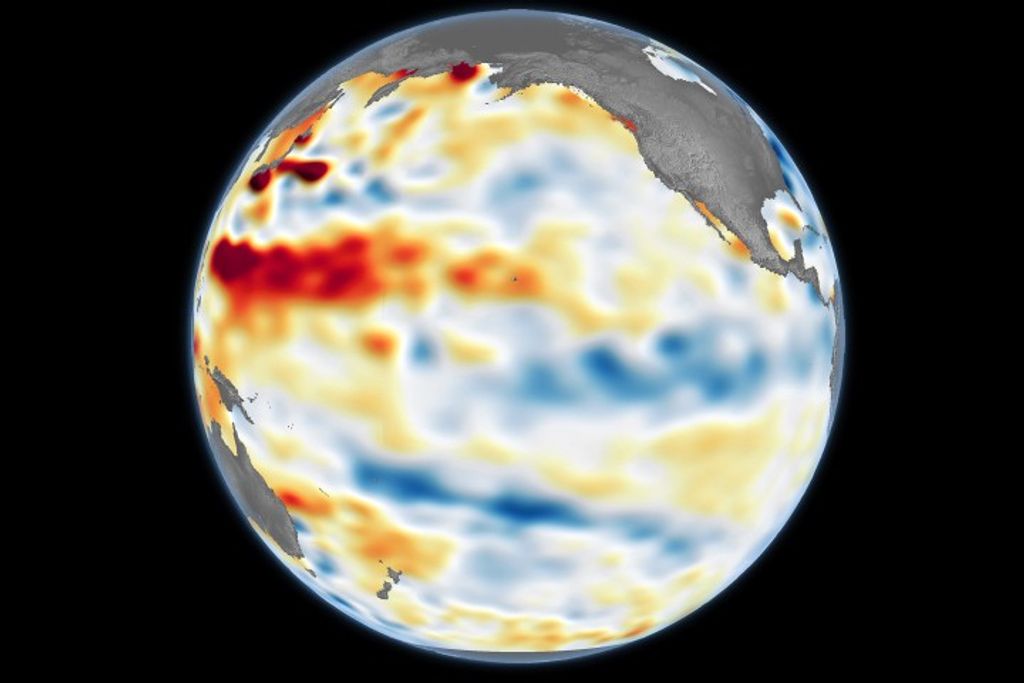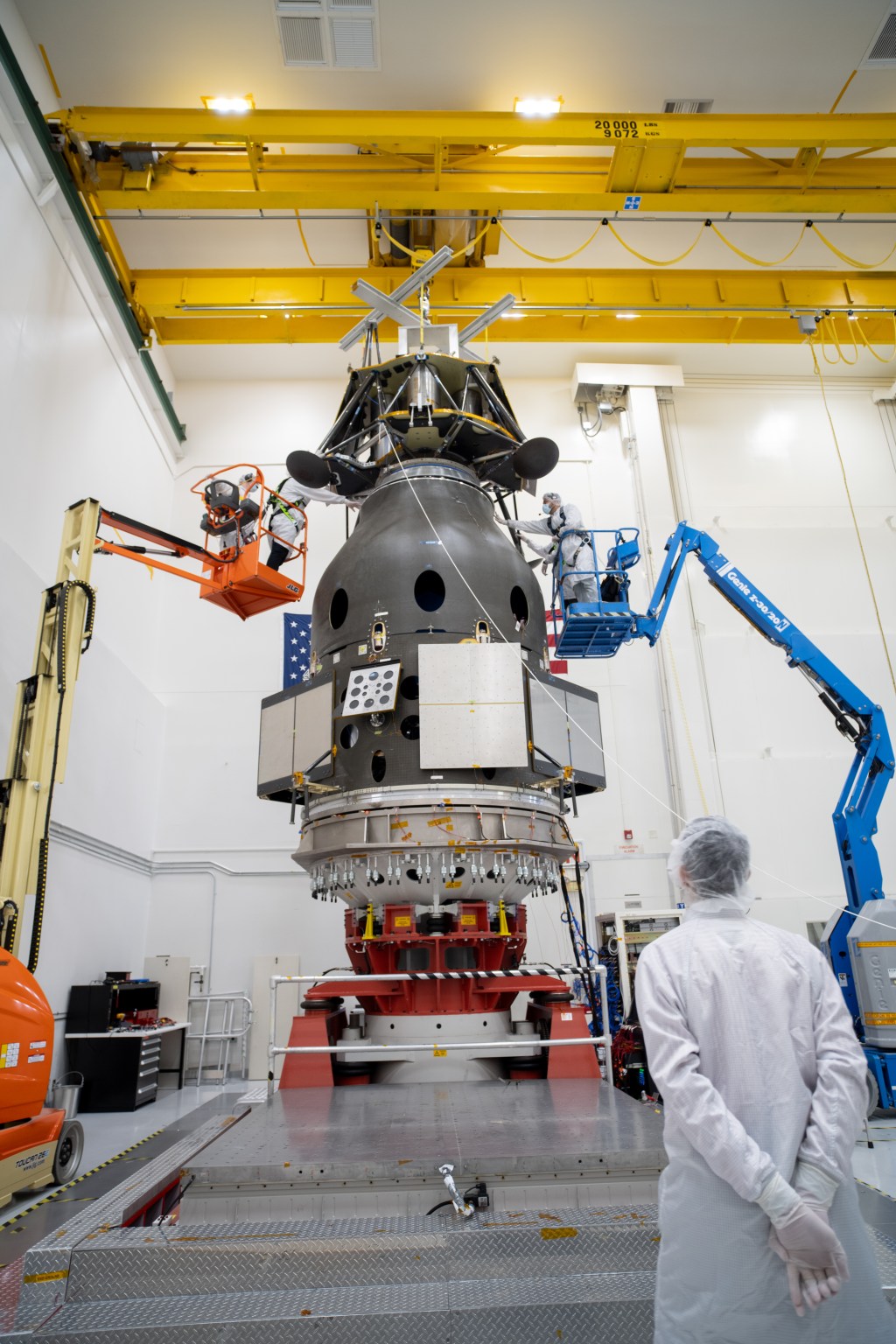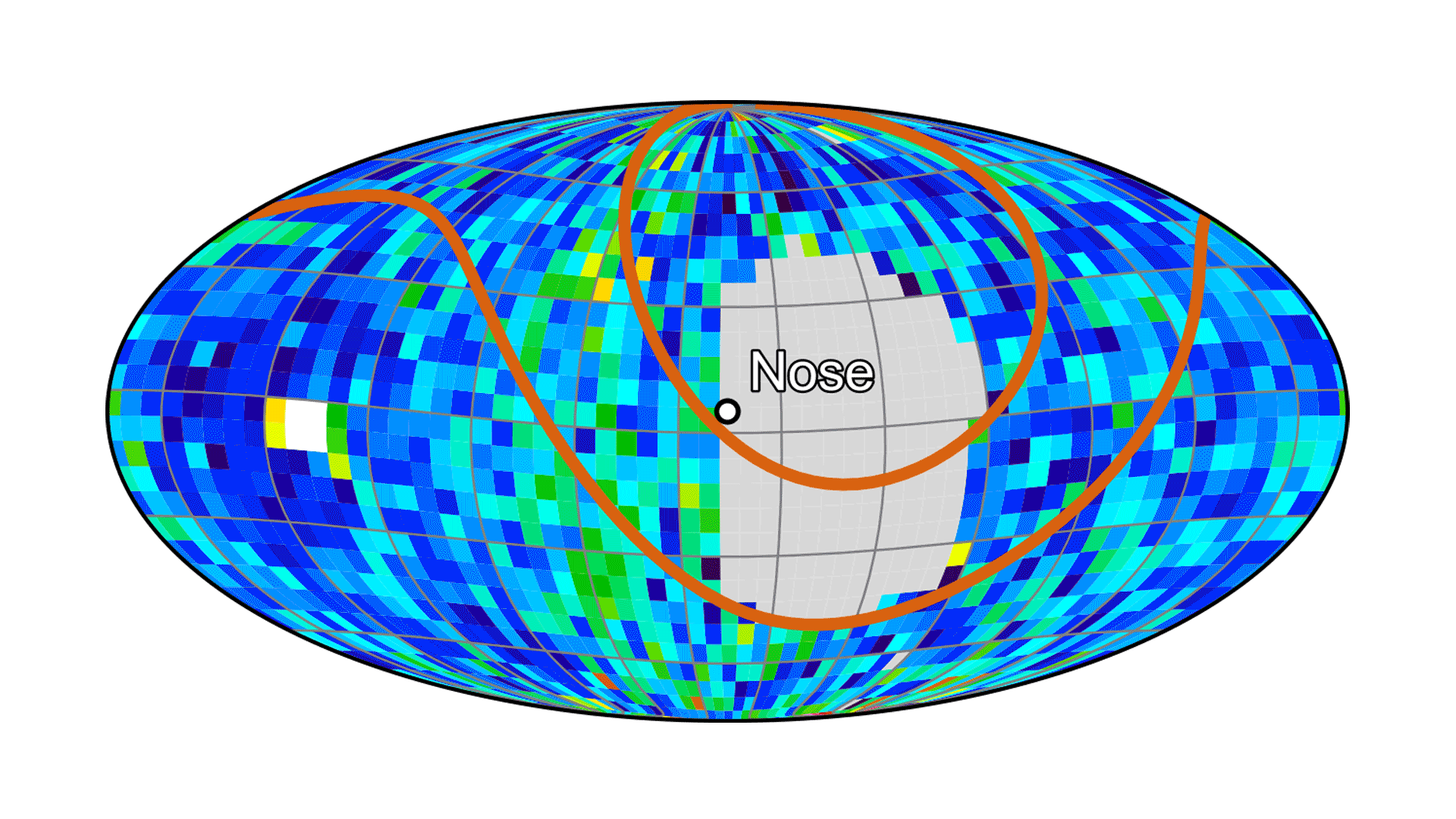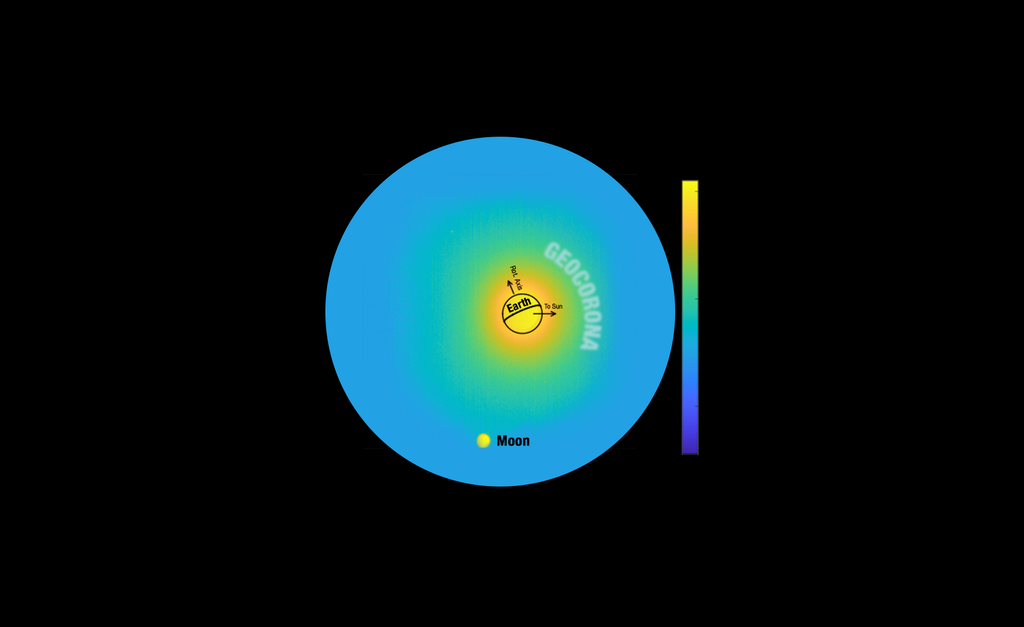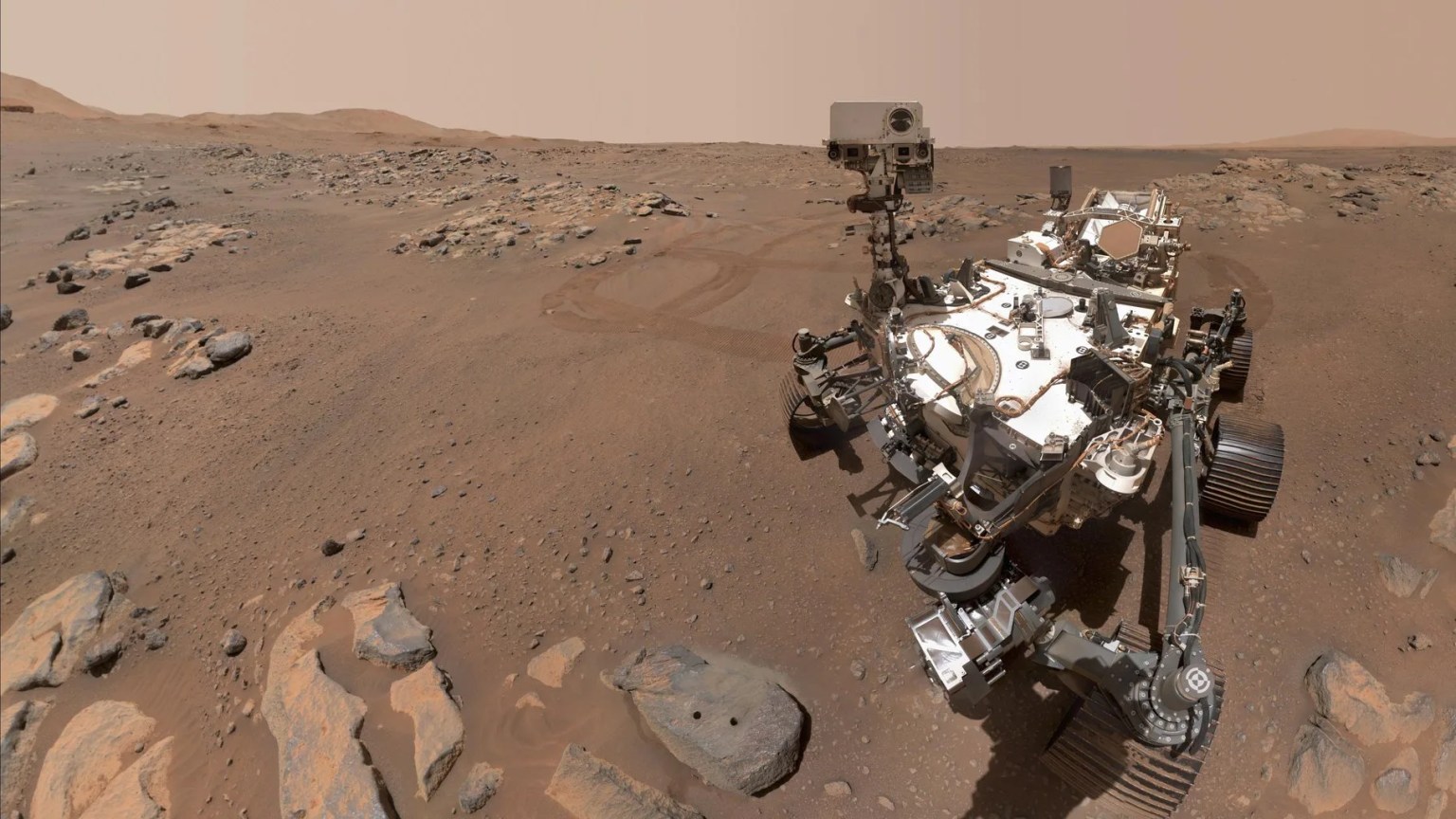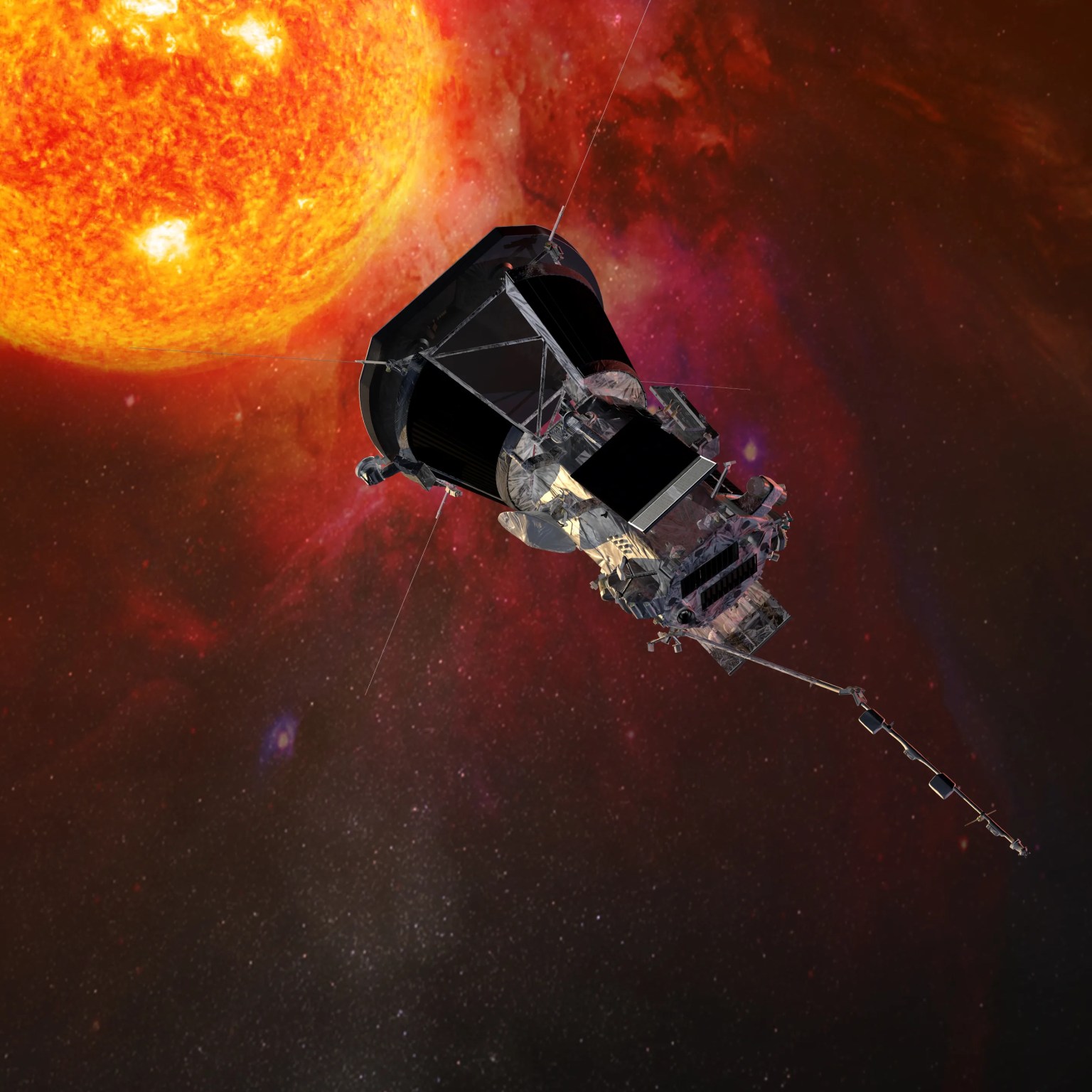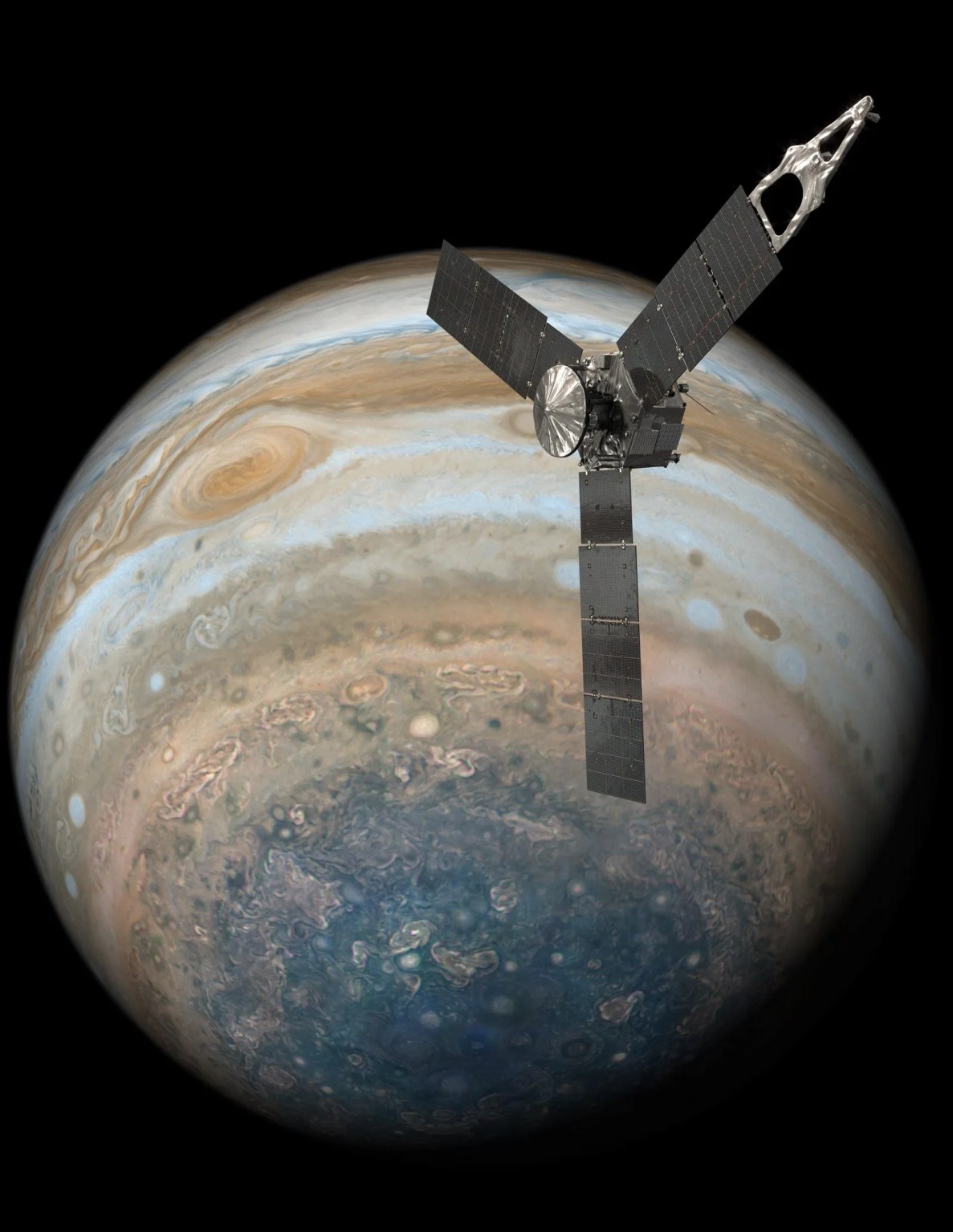Solar Terrestrial Probes
The Solar Terrestrial Probes, or STP, Program is part of NASA’s Science Mission Directorate Heliophysics Division. The program addresses fundamental science questions about the very nature of space itself, and the flow of material and energy throughout the solar system-- from the Sun to Earth to other planets to the interstellar boundary. STP missions study the Sun-Earth system to answer such questions as how the system evolved so as to produce and sustain life, what will happen to this unique environment through the course of time, and how that will affect us.
STP program objectives are to:
- Understand the fundamental physical processes of the complex space environment throughout our solar system, which includes the flow of energy and charged material, known as plasma, as well as a dynamic system of magnetic and electric fields.
- Understand how human society, technological systems, and the habitability of planets are affected by solar variability and planetary magnetic fields.
- Develop the capability to predict the extreme and dynamic conditions in space in order to maximize the safety and productivity of human and robotic explorers.
STP missions focus on specific scientific areas required to advance our fundamental understanding of the sun and its connection to the solar system. Successive missions target the “weakest links” in the chain of understanding. The missions use a creative blend of in situ and remote sensing observations, often from multiple platforms, to understand the causes and effects of solar variability over the vast spatial scales involved in planetary and heliospheric responses.
Missions supporting STP:
- Hinode: Launched in 2006, Hinode is a joint JAXA and NASA mission. The mission consists of a coordinated set of optical, extreme ultraviolet, and X-ray instruments that are studying the basic heating mechanisms and dynamics of the active solar corona
- MMS: Launched in 2015, investigates how the magnetic fields of the Sun and Earth connect and disconnect, explosively transferring energy from one to the other.
- STEREO: Launched in 2006, enables studies of the origin of the Sun’s coronal mass ejections (CME) and their consequences for Earth, other planets, and interplanetary space.
- TIMED: Launched in 2001, characterizes and studies the physics, dynamics, energetics, thermal structure, and composition of the least explored and understood region of Earth’s atmosphere: the mesosphere, the lower thermosphere, and the ionosphere.
Future Missions supporting STP:
- IMAP: Scheduled for launch in 2025, IMAP will help researchers better understand the composition and properties of the local interstellar medium and how it interacts with solar wind at the boundary of the heliosphere.
The Sun
The sun is a dynamic star, made of super-hot ionized gas called plasma.
The sun's surface and atmosphere change continually, driven by the magnetic forces generated by this constantly-moving plasma. The sun releases energy in two ways: the usual flow of light that illuminates the Earth and makes life possible; but also in more violent and dramatic ways--it gives off bursts of light, particles, and magnetic fields that can have ripple effects all the way out to the solar system's magnetic edge.
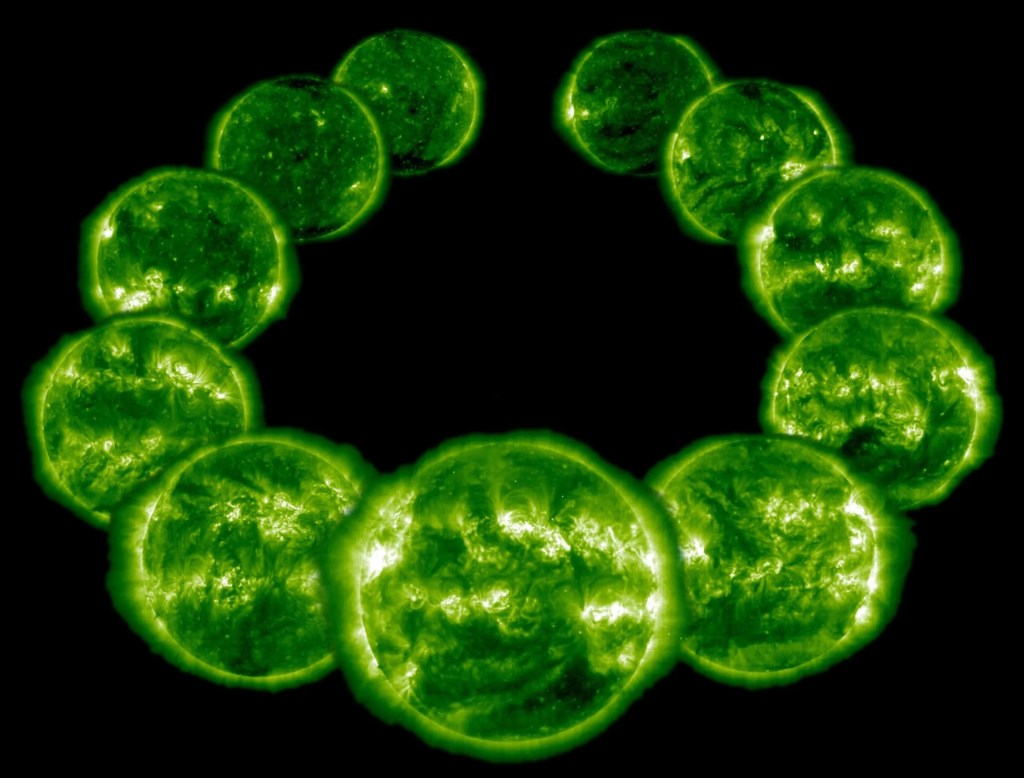
Magnetospheres
A magnetosphere is the region around a planet dominated by the planet's magnetic field.
Other planets in our solar system have magnetospheres, but Earth has the strongest one of all the rocky planets: Earth's magnetosphere is a vast, comet-shaped bubble, which has played a crucial role in our planet's habitability. Life on Earth initially developed and continues to be sustained under the protection of this magnetic environment.
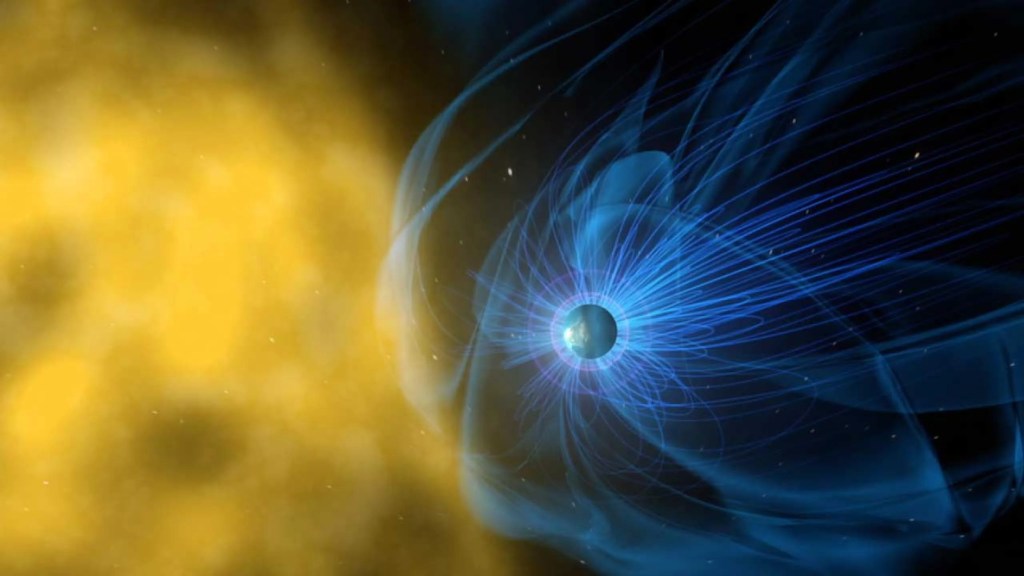
Space Weather
Though space is about a thousand times emptier than even the best laboratory vacuums on Earth, it’s not completely devoid of matter.
The sun’s constant outflow of solar wind fills space with a thin and tenuous wash of particles, fields, and plasma. This solar wind, along with other solar events like giant explosions called coronal mass ejections, influences the very nature of space and can interact with the magnetic systems of Earth and other worlds. Such effects also change the radiation environment through which our spacecraft – and, one day, our astronauts headed to Mars – travel.
